Thousands of people attended Summer Solstice celebrations at Stonehenge overnight to mark the longest day of the year amid a heightened police presence.
English Heritage livestreamed the sunrise, which took place at 4.43am over the ancient site in Wiltshire.
Armed police were on patrol around the site during the festivities as part of heightened security measures following recent terror attacks.
Superintendent Dave Minty from Wiltshire Police said ahead of the event: “At Stonehenge there will be an increased number of officers and staff this year carrying out high-visibility patrols, and as a further precaution visitors may see armed police officers in the vicinity.
“I must stress that this is not due to any increase in threat or change in the intelligence picture surrounding the event or the county as a whole.”
The Pagan Federation said it would “sadly accept” the measures.
The reason for gathering at Stonehenge is rooted in pagan traditions, although both pagans and non-pagans congregate there to watch the sun rise every year.
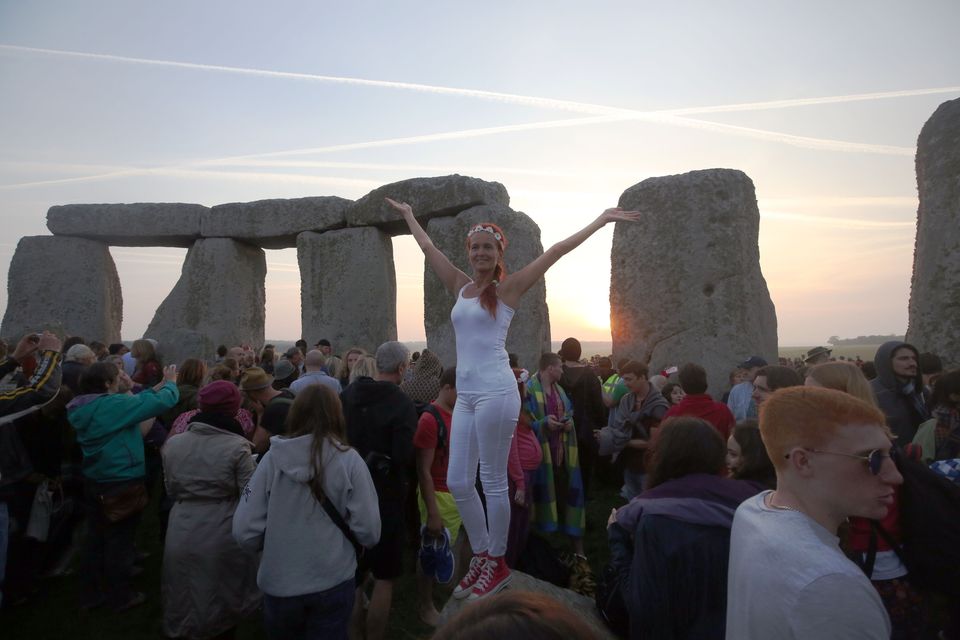
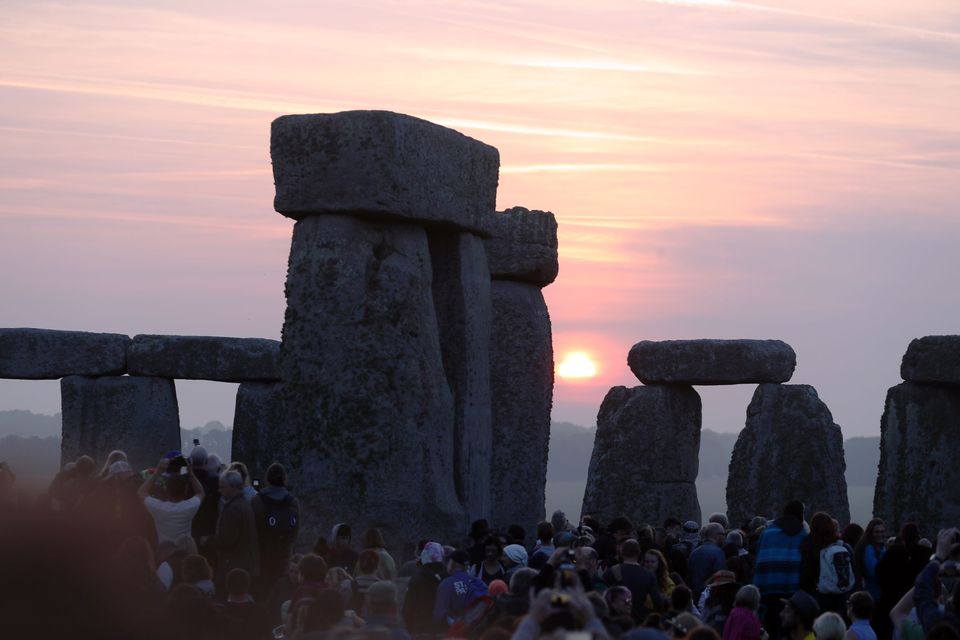
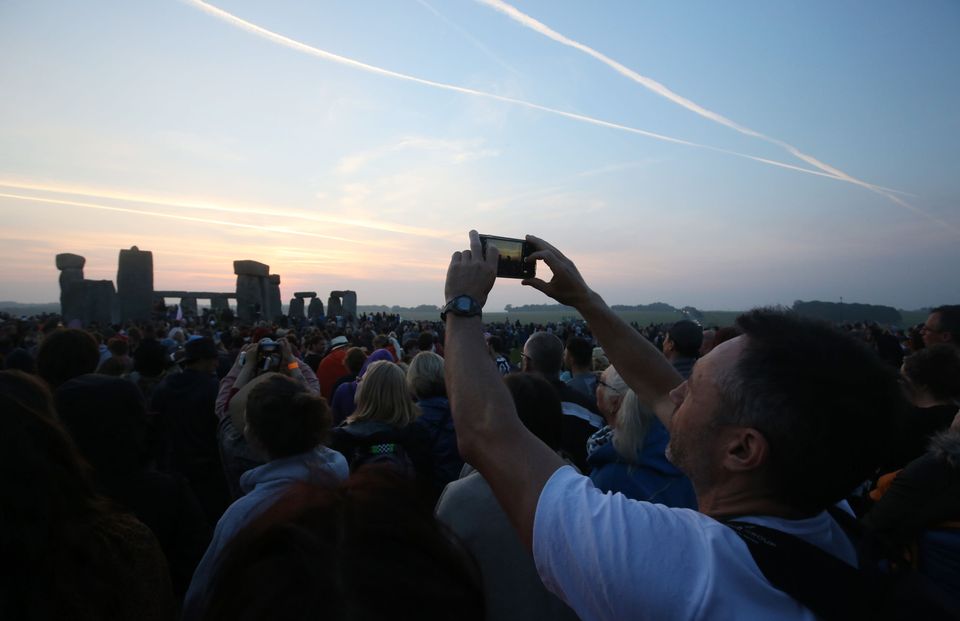
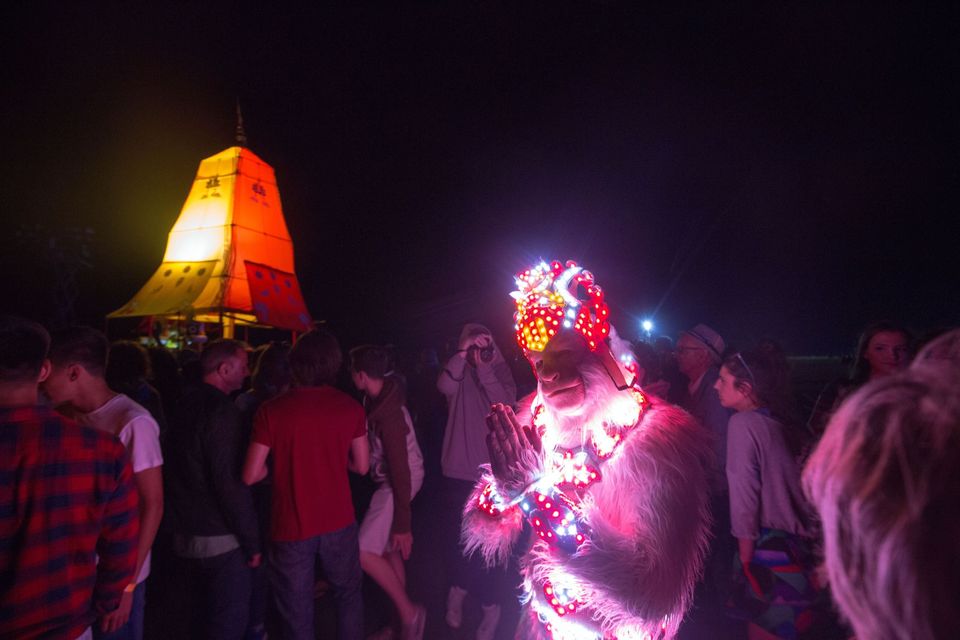
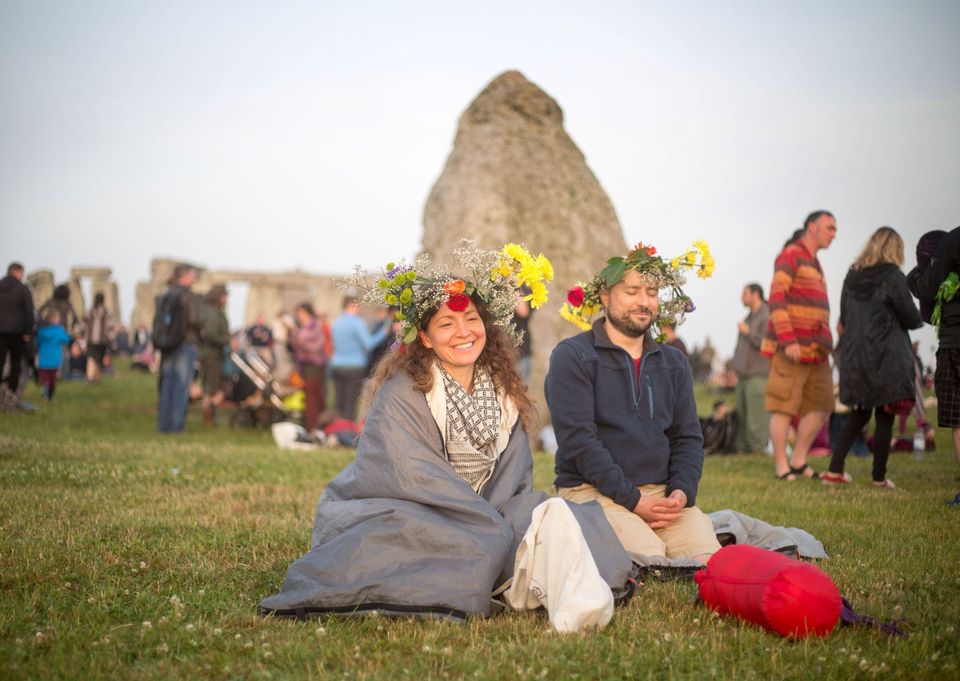
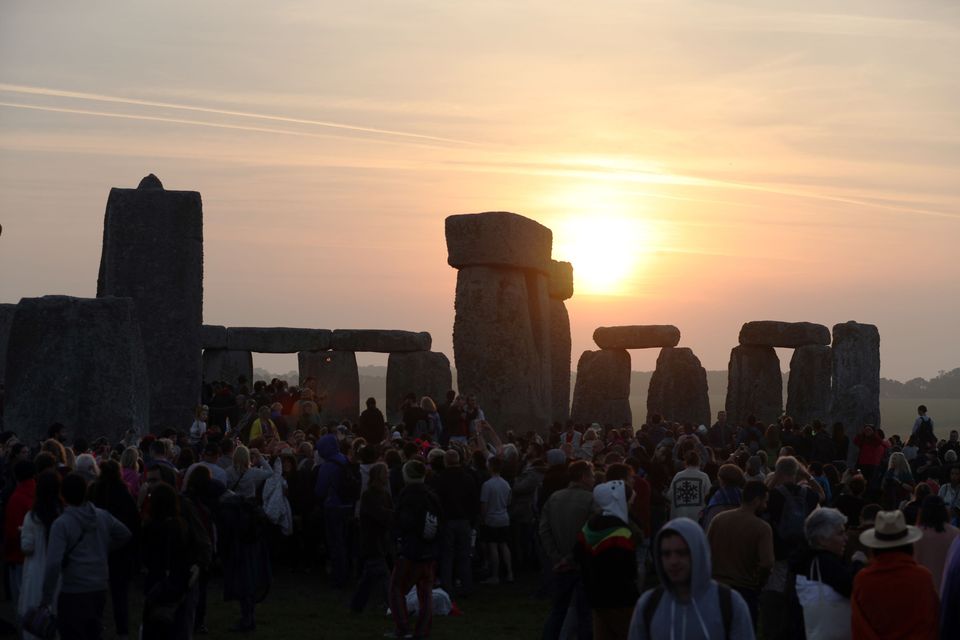
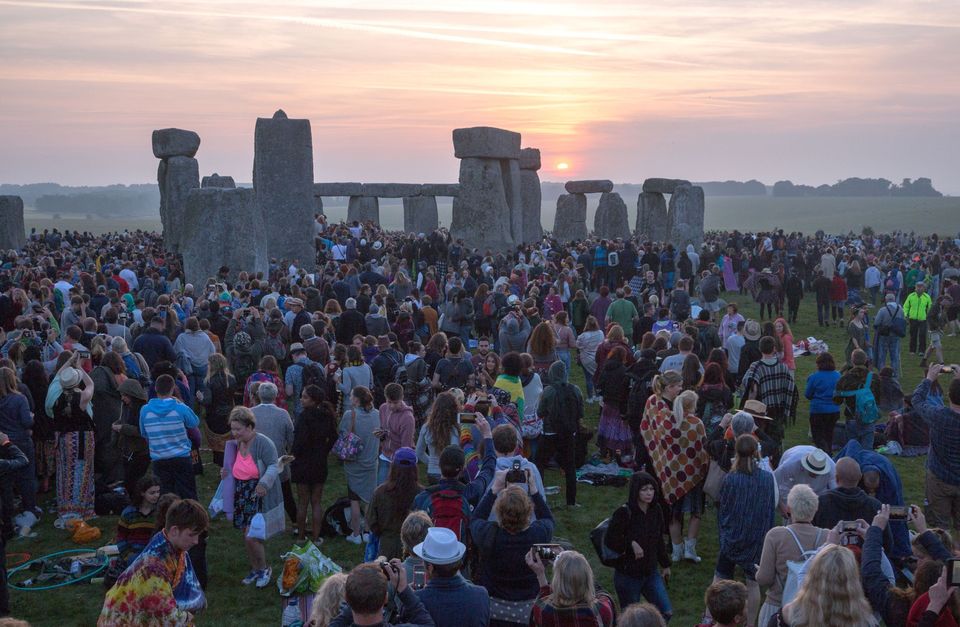
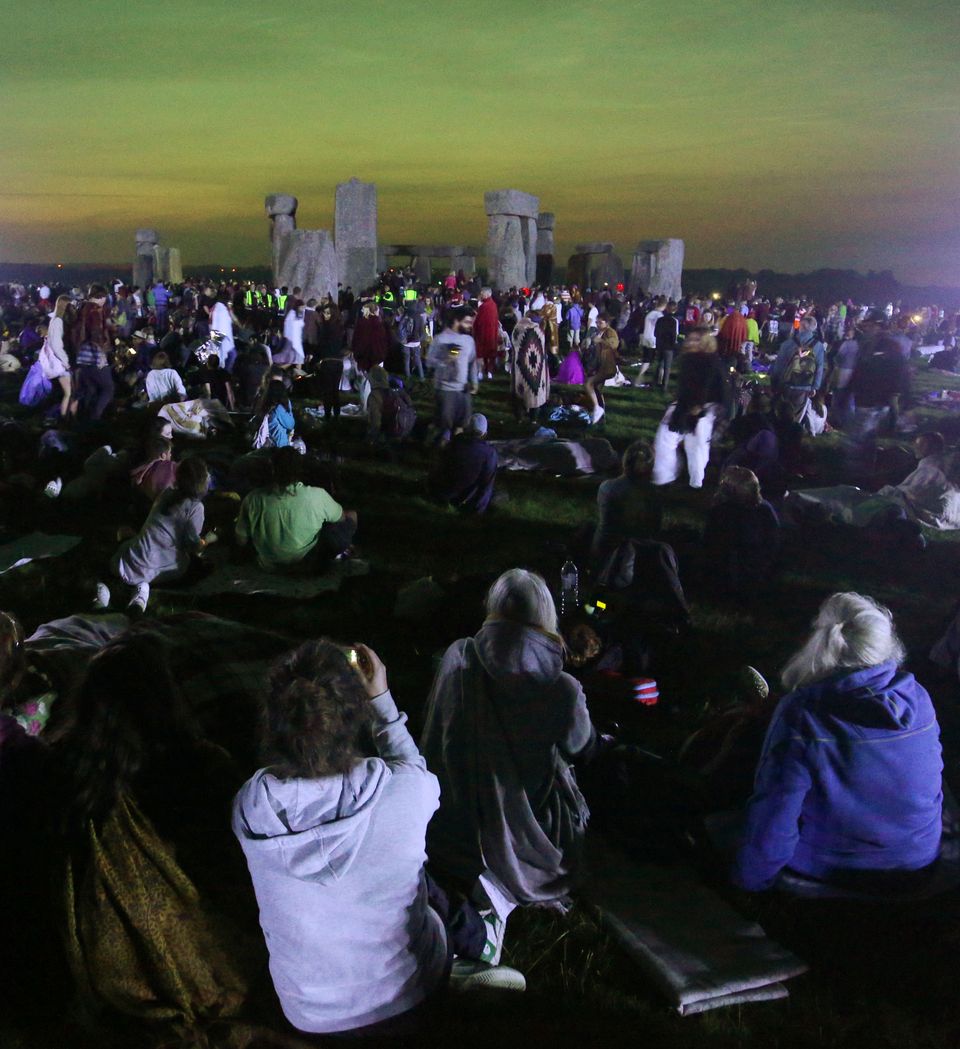
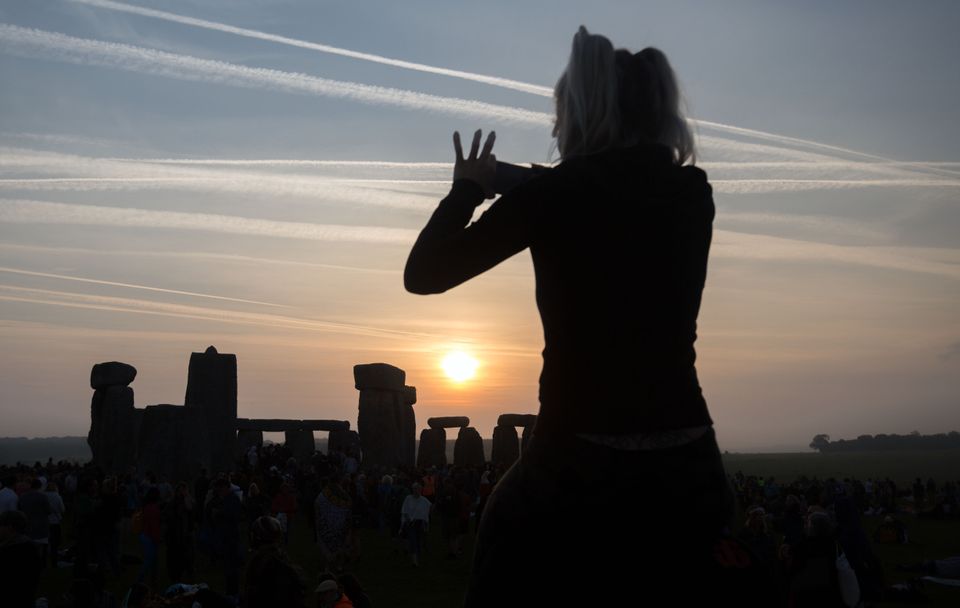
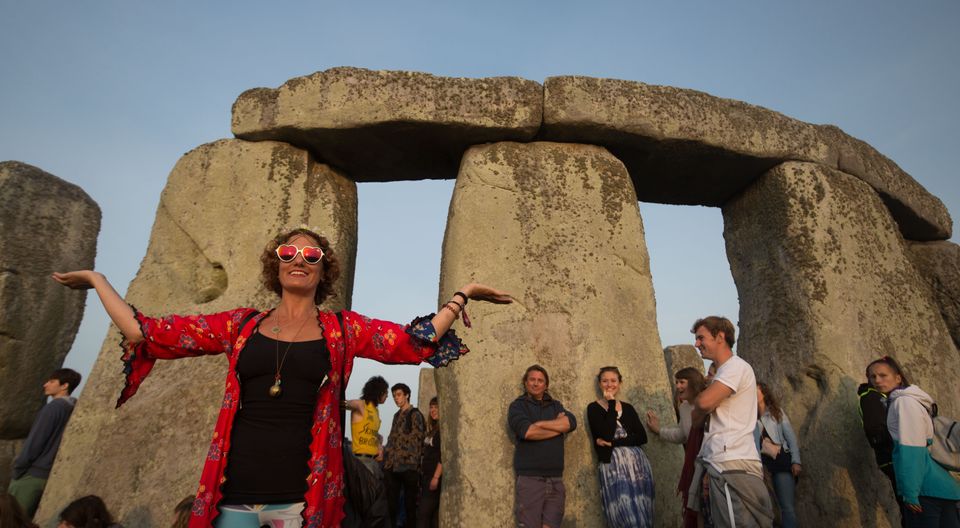
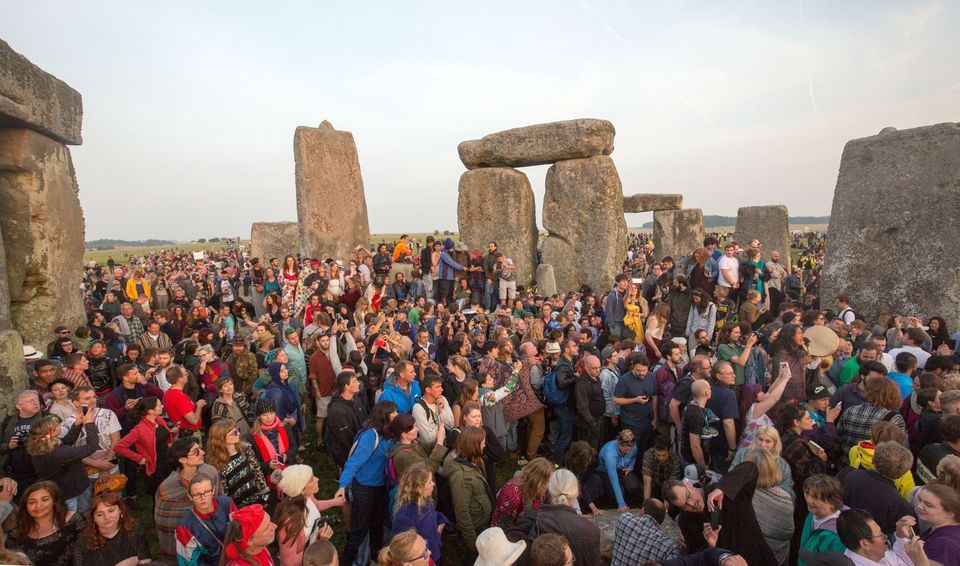
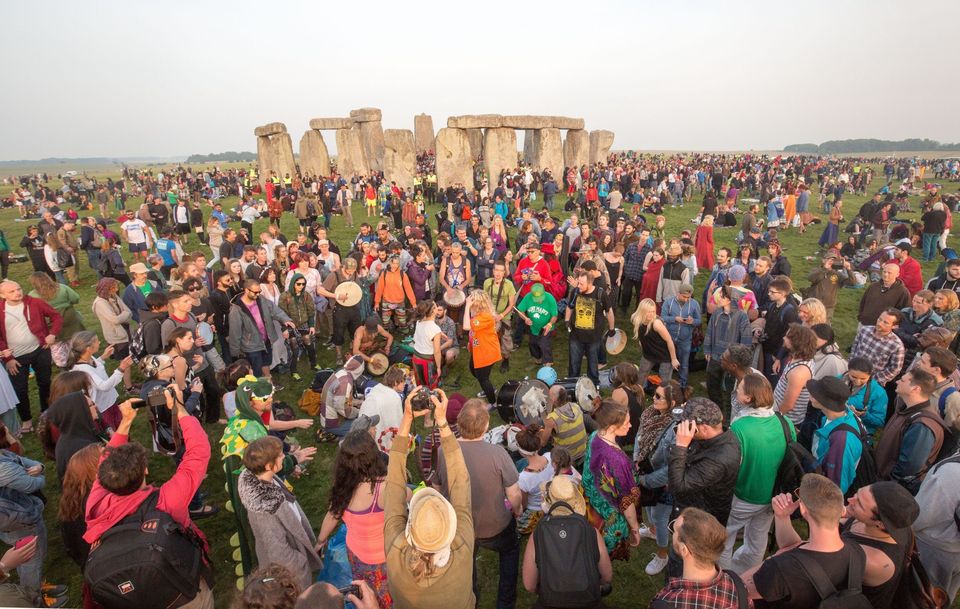
Police tweeted about two arrests made during the evening, including one for attempting to sell drugs to an officer.
Druids also flock to Stonehenge for the occasion and some have been known to perform fire rituals.
Despite little knowledge surrounding the stone formations, some believe there is a spiritual or religious element to their construction.
The summer solstice is often considered as an event to mark the start of summer.
The reason we get long summer days is because the Earth’s axis is tilted towards the sun. During winter the opposite is true, which is why we get shorter days.
In the UK, the summer solstice day, which comes from the Latin words sol (sun) and sistere (to stand still), has the longest period of daylight of any day in the year.
Solstice comes from the Latin words sol (sun) and sistere (to stand still).
The summer solstice varies each year, although it does take place between June 20 and 22 in the northern hemisphere.
